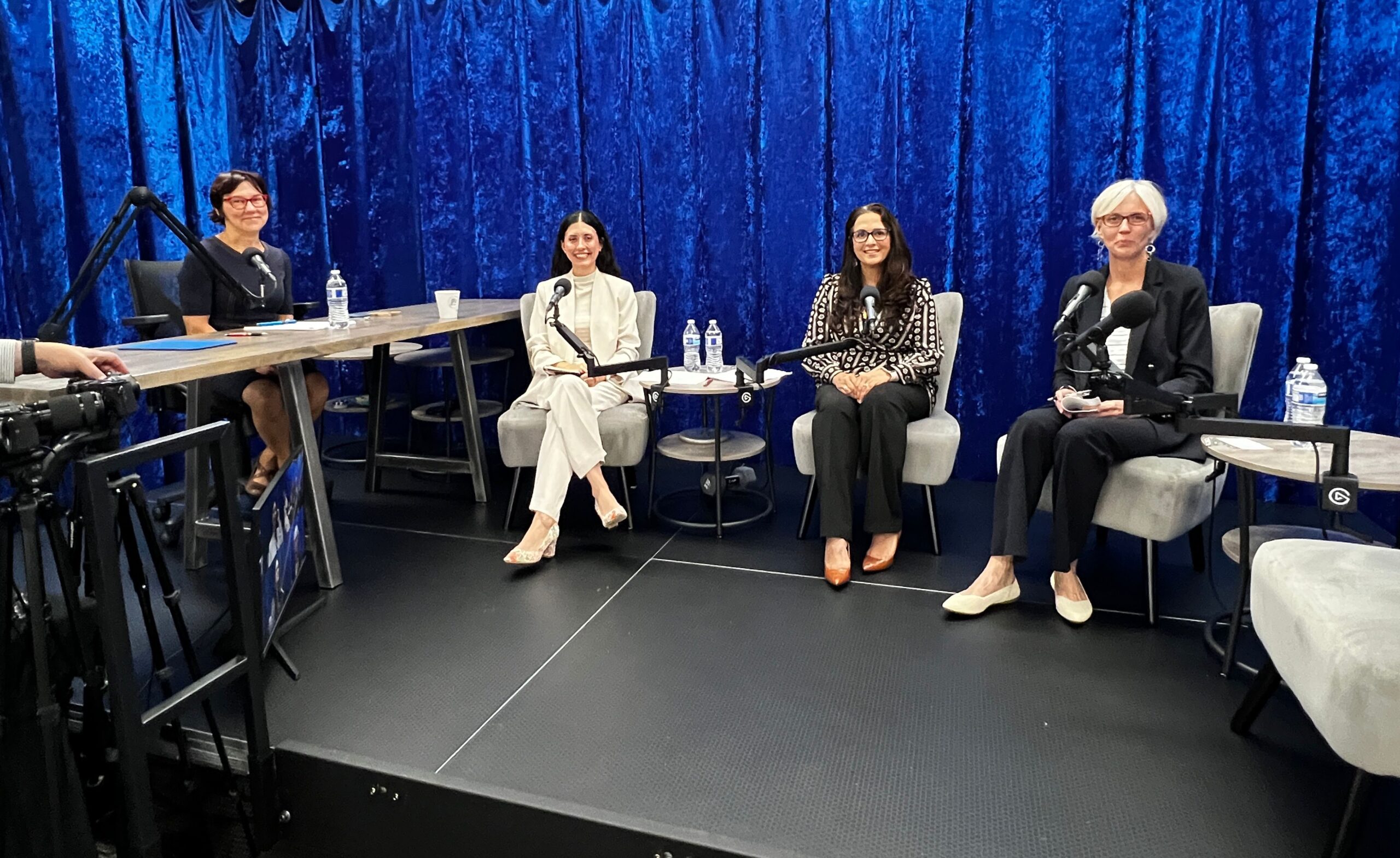
"A critical component of this system is the licensing of standard-essential patents (SEPs) under fair, reasonable and non-discriminatory (FRAND) terms. 5G technology alone is projected to contribute approximately $13 trillion to the global economy. Realizing this value and ensuring continued investment into future standards requires an environment in which innovators can expect to recover their R&D expenditures and earn a risk-adjusted return."
"I presented what I refer to as the "inventor's equation": Expected Value of Innovation = Present Value of (Licensing Revenues - Probability-Weighted Cost of Holdout and Delay) When licensing frictions increase, whether through delayed negotiations, strategic holdout or rate uncertainty, the expected return on innovation decreases, discouraging future investment. Efficient, transparent FRAND frameworks reduce these costs, making R&D more economically viable."
Predictable intellectual property rights operate as essential economic infrastructure by enabling ideas to become legally recognized assets that can be collateralized or licensed to attract financing. Such financing fuels investment, job creation and economic expansion. Licensing of standard-essential patents under fair, reasonable and non-discriminatory (FRAND) terms is central to realizing the economic potential of standards like 5G, which is projected to add about $13 trillion globally. The inventor's equation frames expected value as present value of licensing revenues minus probability-weighted costs of holdout and delay. Licensing frictions lower expected returns and discourage investment, while efficient, transparent FRAND frameworks make R&D more economically viable.
Read at IPWatchdog.com | Patents & Intellectual Property Law
Unable to calculate read time
Collection
[
|
...
]